Happy days, it's time to learn about light and shadow, something you guys seem very interested in.
Light is THE most important fundamental in any visual art, it's not only used to make a piece look good, it's the foundation of any piece. In order for anything to have form it needs to have light reflecting off it to tell us what we are looking at, without light we cannot see anything.
So how does it work? Well it's very simple actually. All you have to remember is "for every light side there is a dark side". Meaning that every thing casts a shadow and when you are working with light you need to think about shadow as well as light. The How to Shade Basic Forms - Pencil Tutorial by The Virtual Instructor on YouTube is a must watch if you want to understand how to shade simple forms.
When applying this idea to more complex shapes think about how the object's shadow will fall on the surface below it. If the surface below curves or bends then the shadow will fall differently to a surface that is flat. One of the most common mistakes we see beginner artists make is trying to shade from memory or shading on "flat" surfaces. Most things are NOT flat so learn to shade on a curving or rough surface. Like this:

Treat each feature on the face as a 3D form and shade it accordingly.
When defining the form of an object we use edges to separate light from shadow. In visual art there are 3 edge principles we use to do this.
Hard Edges
Soft Edges
Lost edges

We will discuss edge work in a future tutorial but for now just know that these principles exist and that they help establish realism in your work.
Alright. It's time for this weeks assignment. We are going to do something similar to last week's assignment but with light and shadow.

This week's assignment
Separate the following 5 images into their light and shadow areas. It's ok if the light and shadow areas don't meet in places, those are called mid tones and they are important to.
Post your finals in the comments below.
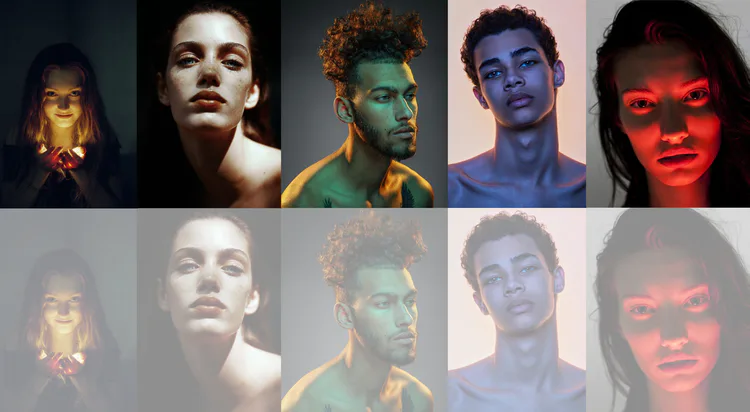
Extra Credit
Practice makes perfect so why not practice some more. Here are some different lighting scenarios. Try them out.

Additional tutorials
For more detailed lighting tutorials check these out:
Next week we will be discussing the anatomy of shading shading. What to paint inside shadows and how highlights work.
Good luck with your assignments. Have fun!
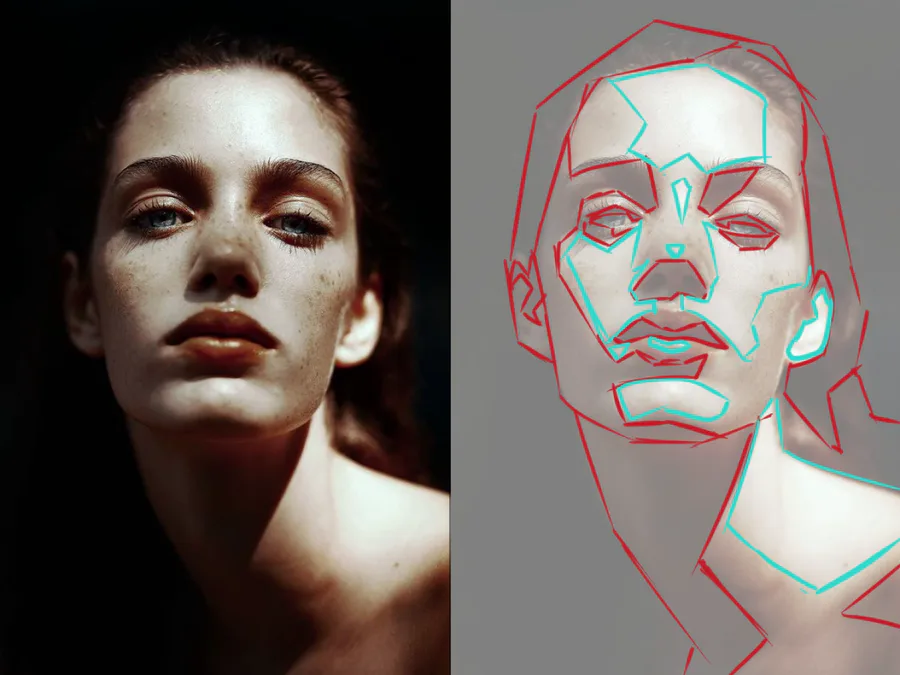

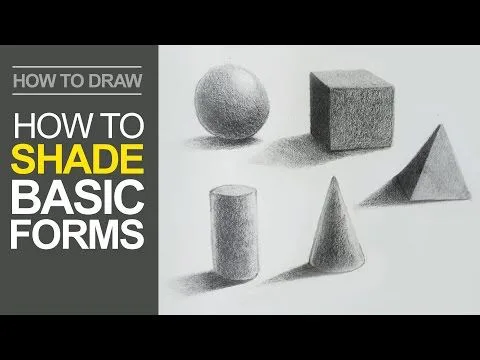
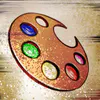



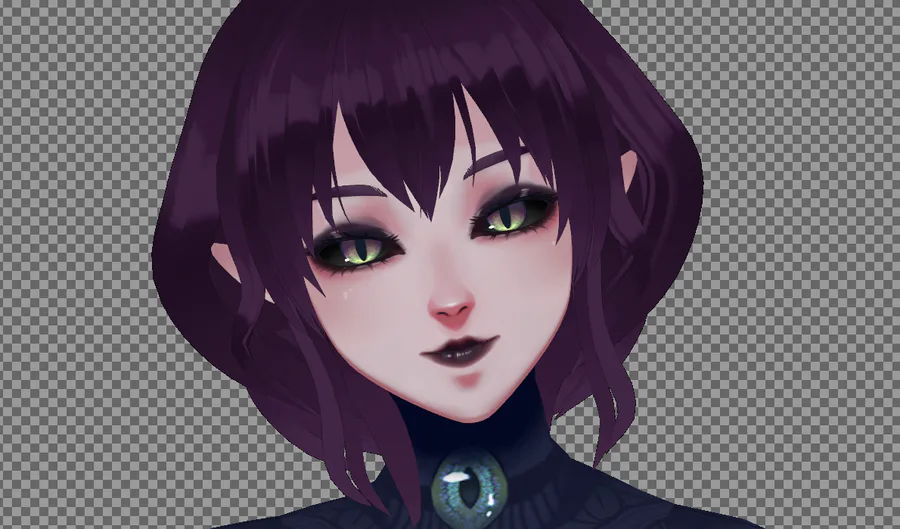
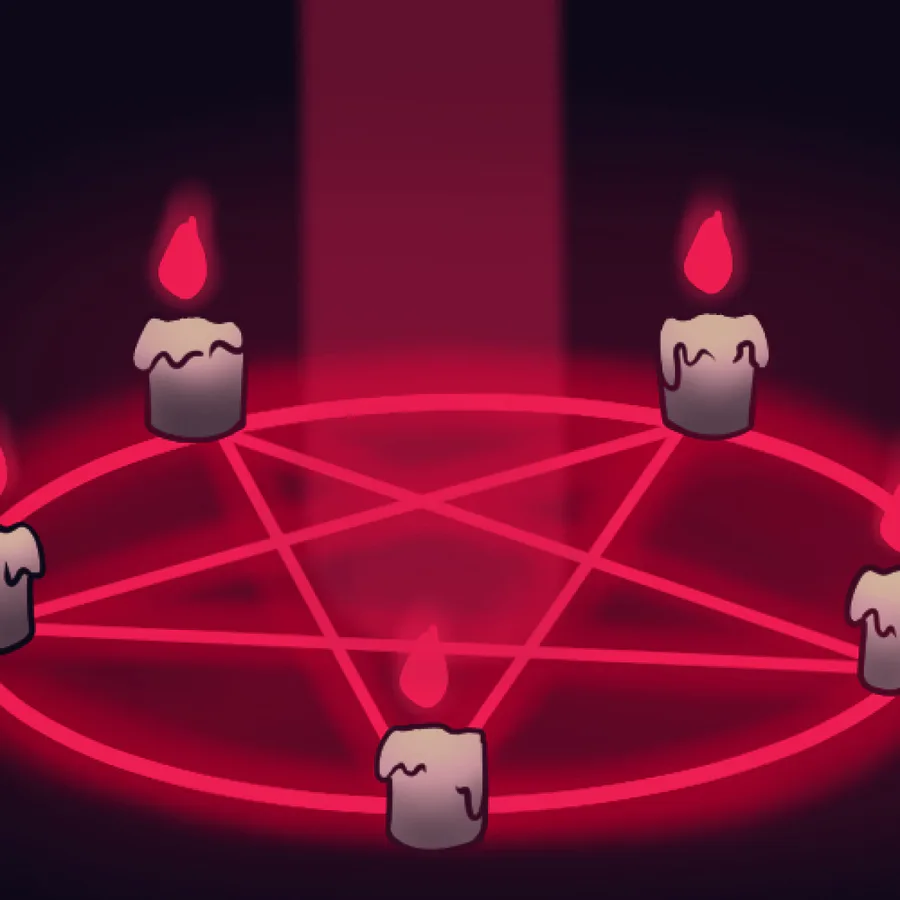

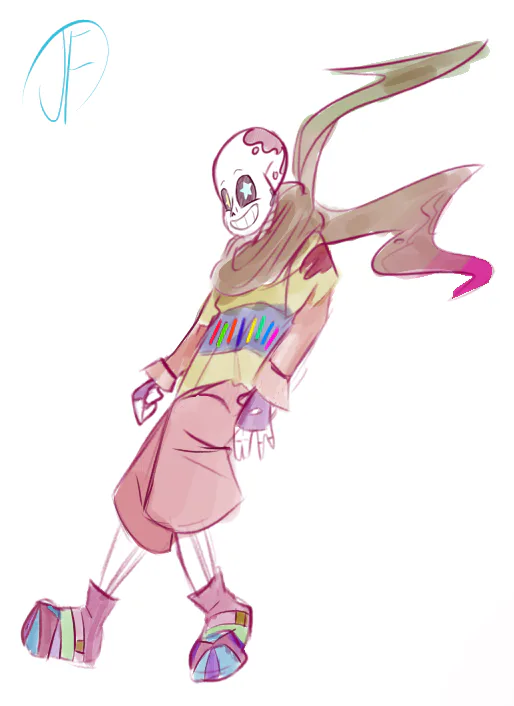

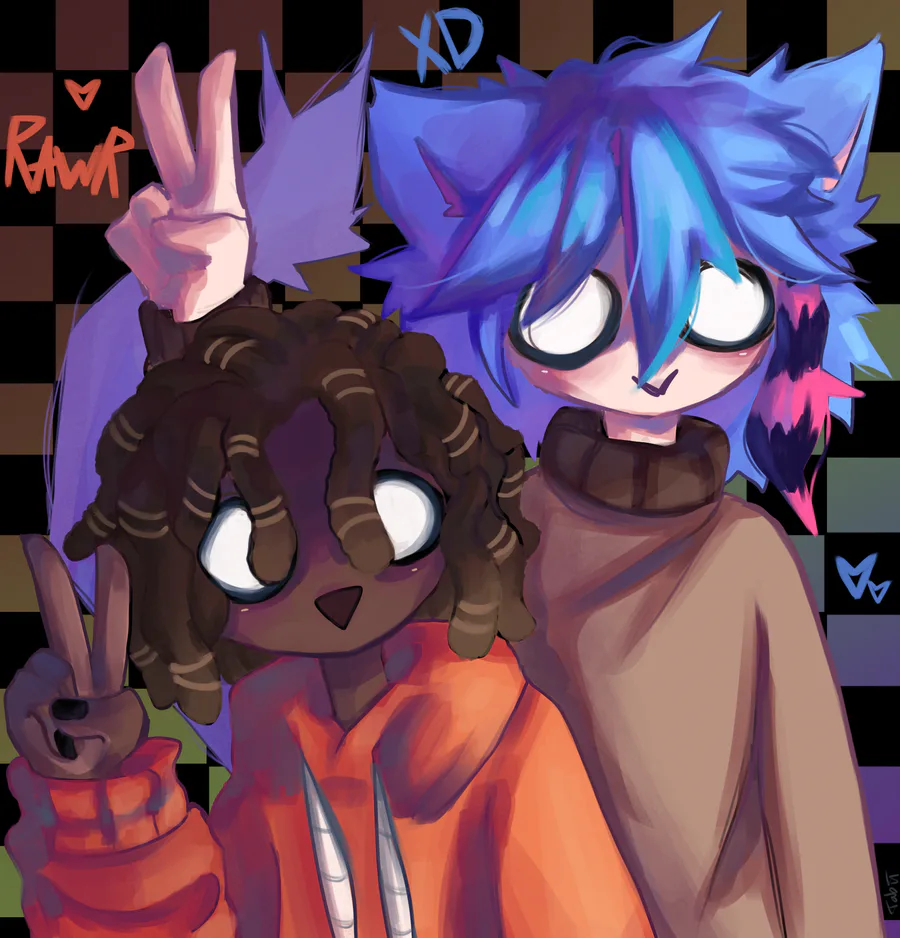




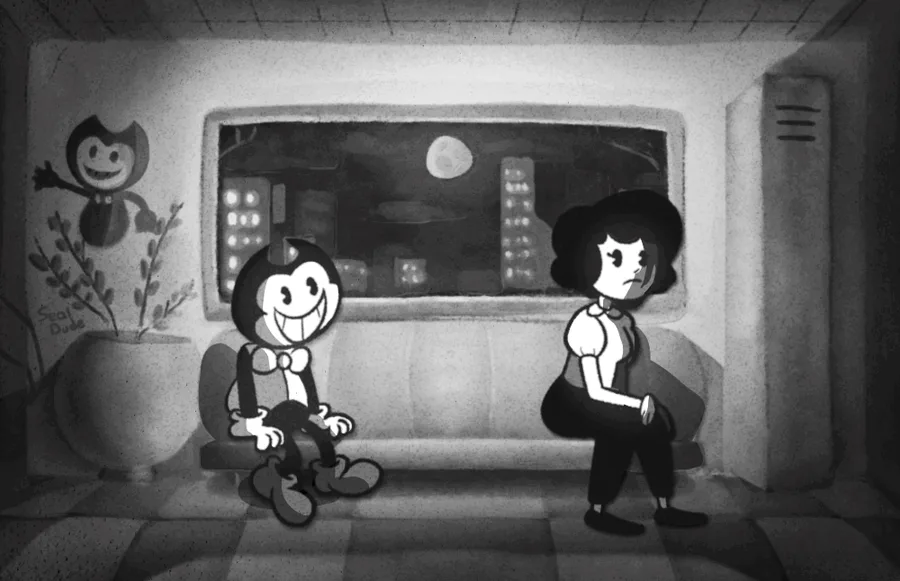
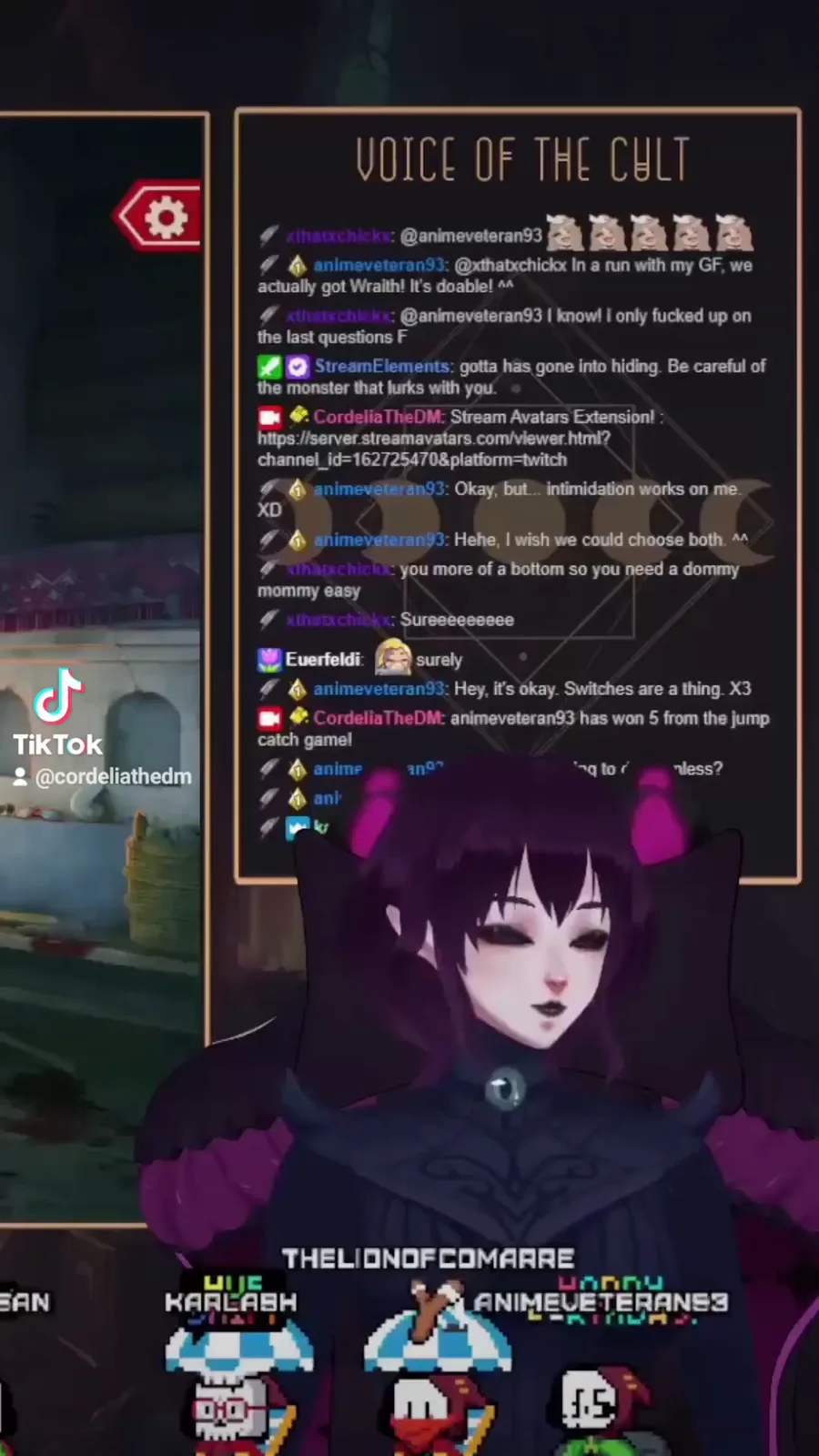
2 comments